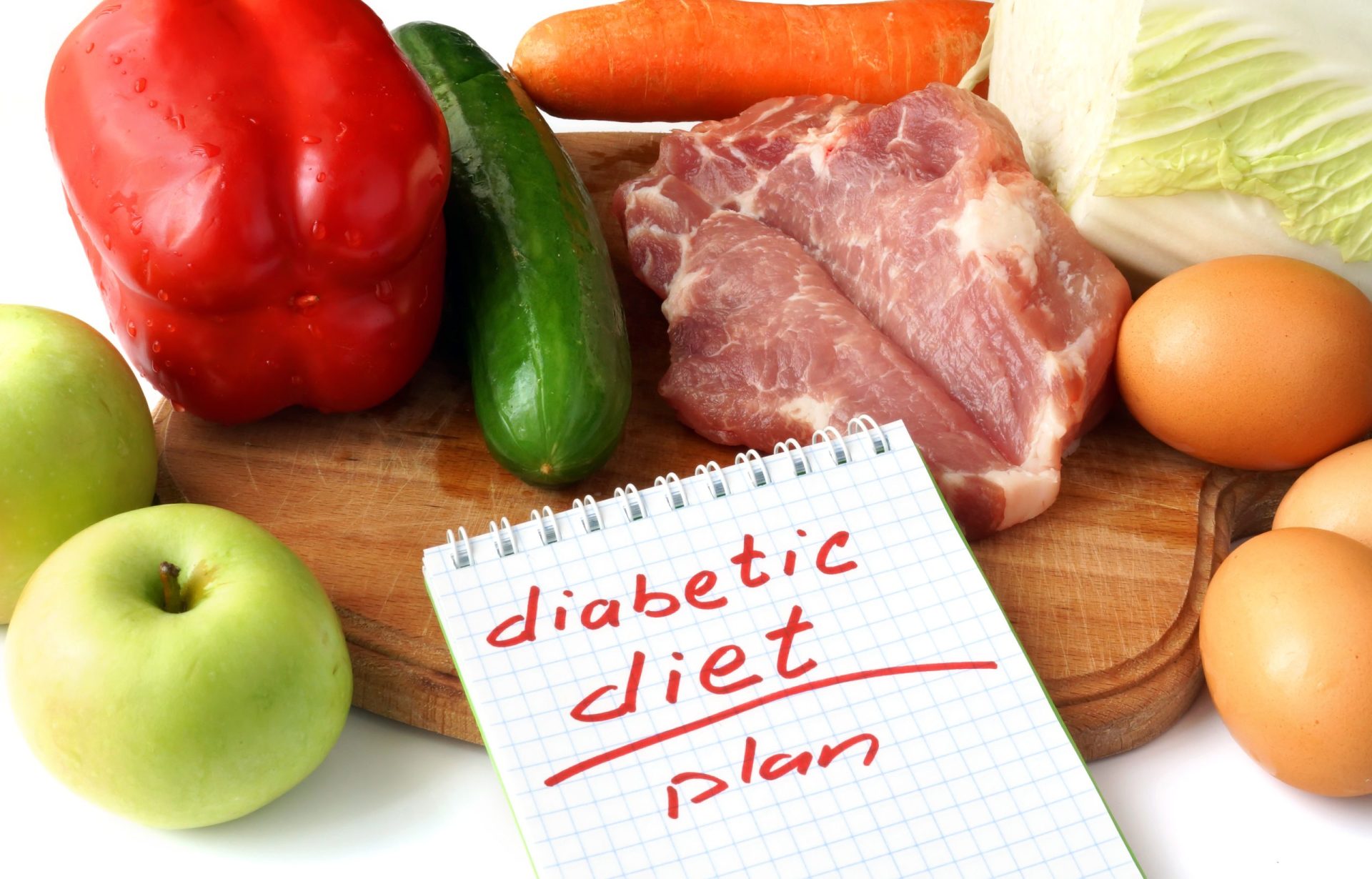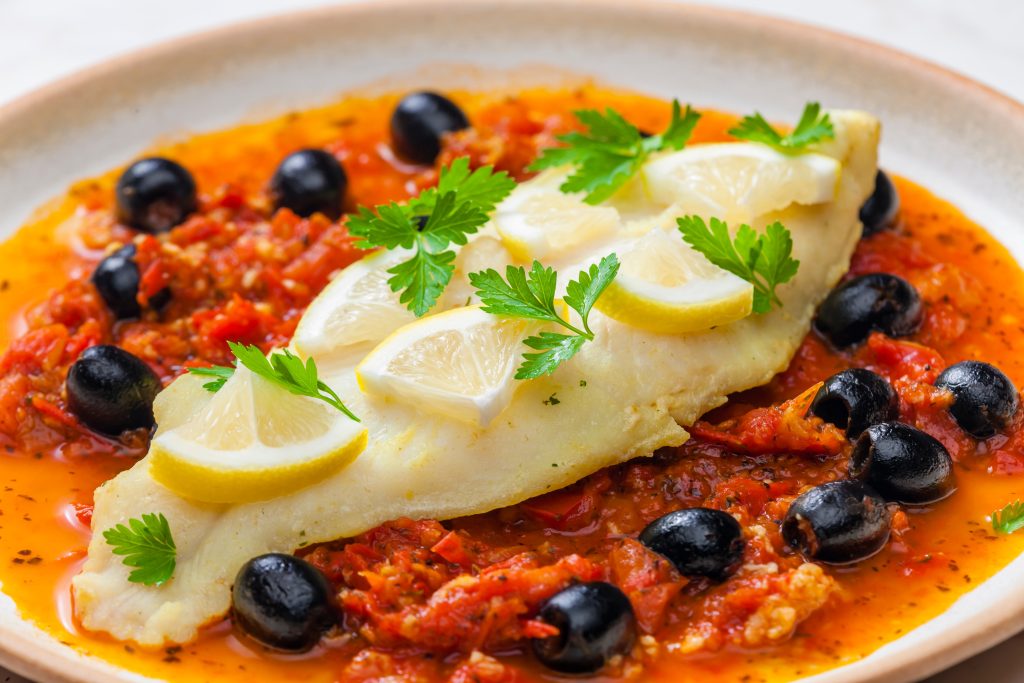Figuring out what to eat and what not to eat with diabetes can be a daunting challenge. Especially if you have just found out you have the disease or have had a loved one diagnosed with it. You want to be able to manage it in the best way possible. And, consuming the right diet can go a long way in making this journey easier.
All you need to know about the diabetic diet is here in this article. Read ahead to learn more about what you can and cannot eat going forward.
Diabetes & Food – How It Works
Being diagnosed with diabetes can be upsetting and unfortunate. However, there are ways to manage it and keep your blood glucose or sugar levels stable. While physical activity and timely consumption of medicines are important, the food that you eat also plays an important role in how your body functions. This also extends to how much you can eat and when you can eat it to ensure your blood glucose level stays within the optimal range recommended by your health practitioner.
Here are some of the signs of diabetes or a blood level spike.
- Fatigues
- Frequent urination
- Dry cotton mouth
- Fruity breath
- Stomach ache
- Nausea
- Headaches
- Increased thirst
Foods You Can Eat To Help Manage Diabetes
To prevent sudden and disrupting blood glucose level spikes, eating the right foods is important. Here is a list of what you can consume if you are diabetic or know someone who is suffering from this disease.
- Avocados – add it to your breakfast for a kick start to your day. Avocados have 1 gram of sugar and are high in fiber, so you need not worry about your blood sugar levels spiking.
- Green leafy vegetables – they are low in digestible carbs. They are packed with nutrients and vitamins needed for the body. Try not to skip these with your lunch.
- Chia seeds – this high fiber element is a must if you want to regulate your blood sugar levels. Have it on an empty stomach when you wake up or sprinkle some onto your salad for an extra crunch.
- Eggs – this protein-packed food is known to reduce insulin levels and keep you full for long. Eggs even help prevent heart disease and keep your hormones regulated.
- Fatty fish – the omega-3 fats in fish are a great source of nutrition and can aid in blood sugar regulation. Be sure to order salmon or herring on your next dining out experience.
- Strawberries – they can reduce insulin levels when consumed after a meal. They’re rich in antioxidants as well, giving you the boost needed to reduce inflammation in the body.
- Broccoli – low in calories, low in carbs, and high in nutrients, broccoli is the perfect addition to your daily diabetic diet.
- Nuts – they are known to reduce LDL levels and regulate blood sugar levels. If you don’t have a nut allergy, then stock up on almonds, peanuts, pistachios, and cashews. However, do have them in moderation.
- Extra virgin olive oil – since the presence of oleic acid is high in extra virgin olive oil, it is great for maintaining blood pressure and reducing the risk of heart diseases. Make an olive oil vinaigrette to go with your salad or use it to roast your vegetables.
- Greek yogurt – when it comes to consuming dairy while having diabetes, Greek yogurt is the winner. One serving contains 6-8 grams of carbs, making it a healthy snack in the evening.

Foods You Should Avoid On The Diabetic Diet
To stay fit and go about your daily life while having diabetes, some foods require strict abstinence. Here are some of them.
- Processed foods and grains such as white bread, pasta, and white rice.
- Sugary snacks and treats – this includes cakes, sweets, biscuits, and ice cream. You can however opt for sugar-free items if they are viable near you.
- French fries – potatoes are high in carbs; when fried in vegetable oil, they are sure to give you a sugar spike right away.
- Sugar-sweetened beverages such as soda and packaged juice.
- Foods containing trans-fat such as peanut butter, margarine, frozen pizzas, and microwave popcorn.
- Table sugar – including honey, maple syrup, and brown sugar.
- Dried fruits – these are more potent in sugar and nutrients; thus it is best to avoid them.
- Packaged snacks – pretzels, crackers, crisps, etc. are all made from refined flour making them a potent source of blood glucose spikes.
Here Is A Pro Tip You Can Follow – you can practice mindful eating if you are new to the diabetic diet. Keep track of the foods you consume throughout the day and engage in meal prep. In this way, you are sure to get on track right away and form a healthy eating habit that can help manage and regulate your insulin levels.
The Bottom Line – Stay Consistent!
 Now that you are aware of what foods are harmful to your body if you have diabetes and which foods can be consumed, you can get started on living your life the way you desire. With only a few adjustments you can consume the right foods in abundance and enjoy them.
Now that you are aware of what foods are harmful to your body if you have diabetes and which foods can be consumed, you can get started on living your life the way you desire. With only a few adjustments you can consume the right foods in abundance and enjoy them.
However, remember to take your medicines on time if you are recommended to do so by your doctor, and make sure to get in a little bit of cardio exercise every day. This can help manage and relegate your blood glucose levels and keep you healthy and happy even with an unpleasant ailment such as this.


